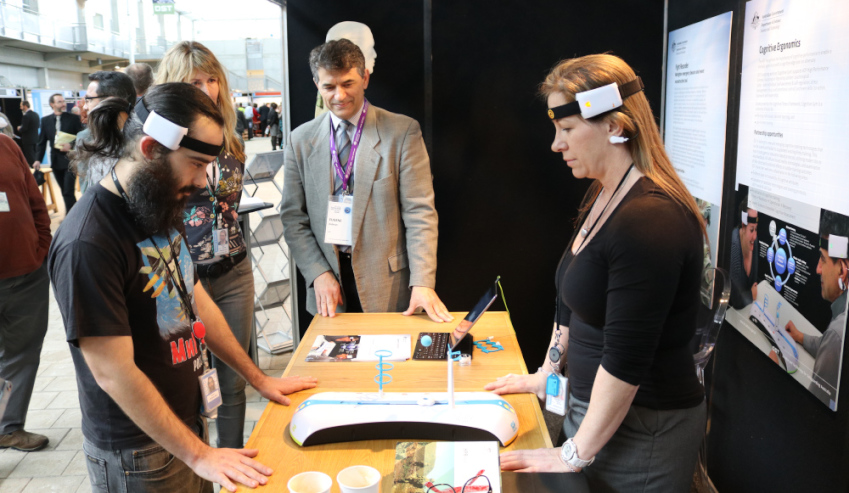As Australia’s domestic defence industry continues to succeed, it has never been clearer that an integral part of keeping the success rolling is a working relationship between the Department of Defence, industry and academia.
To continue reading the rest of this article, please log in.
Create free account to get unlimited news articles and more!
Defence Connect spoke to subject matter experts about the role that collaboration between Defence, industry and academia plays in supporting the ADF's innovation agenda, while supporting the development of a uniquely Australian sovereign industry capability.
Commercialisation and avenues to commercialisation play a critical role in supporting this development, with Defence and organisations like Defence Science and Technology (DST) and CSIRO providing unique linkages and expertise to support the development of Australia's research and development sectors in symbiosis with leading-edge Australian organisations.
RICHARD PRICE – chief executive, Defence SA
"Early partnering with industry and the research sector is key to supporting defence innovation. Industry and academia need timely, transparent information to understand Defence’s challenges, requirements and future priorities.
"At the same, Defence gains a better understanding of industrial and research capabilities and future trends.
"Building stronger relationships between Defence and industry and academia is vital to understanding each stakeholder’s drivers, priorities and ways of working.
"Lastly, it is important to work cross-sectorally to identify common challenges and requirements, so Defence gets the best capability and academia and industry have multiple avenues to exploit and commercialise their research and development."
PROFESSOR ALEX ZELINSKY, AO – former chief defence scientist, DST; vice chancellor and president at University of Newcastle
"Engagement is a 'contact' sport. Defence needs to have clear pathways and have accountable individuals with whom academic and industry can interact.
"Defence must sponsor forums and events where the various players can come together and learn about the significant $1.6 billion innovation programs that are sponsored by Defence.
"The Defence Industry Policy Statement is an excellent policy statement. It is critically important that Defence makes the policy a reality!"
MARK BURGESS– chief executive and managing director, Quickstep
"Defence has a foundational role in providing the policy framework and capability prioritisation that underpins a coherent approach to research and development (R&D), as well as jointly-funded engineering and manufacturing development (EMD) phases of the life cycle.
"Defence policy is becoming clearer in this regard but there is still an absence of sector strategies in all domains that will drive capability now, 10 years from now and 30 years from now.
"The emerging shipbuilding enterprise is a good example of this being done, albeit at an early stage, with continuous build, capability uplift, skills and export potential all built in. Something similar appears to be emerging in the land sector.
"Aerospace is notable by its omission and the sector would benefit enormously from greater clarity over Australia’s aspirations in the global market and an aviation sector policy that creates an investment-friendly environment for industry across both commercial and military markets.
"The aerospace sector specifically would benefit from increased focus and collaboration between academia, industry and whole-of-government to address research, technology investment, industrial base and export potential for aerospace capabilities in the round (not necessarily with a distinction between commercial and military).
"Many technologies and capabilities in the aerospace domain are dual-use from inception, or wash between commercial and military applications as they evolve.
"The greatest economic prize is in the commercial, higher volume domain. Defence can act as a launchpad for or recipient of technologies largely developed for commercial applications. It is no surprise that, for example, Thales (a commercial-defence enterprise) is one of Australia’s more successful and broad-based exporters in the A&D sector."

 Login
Login







